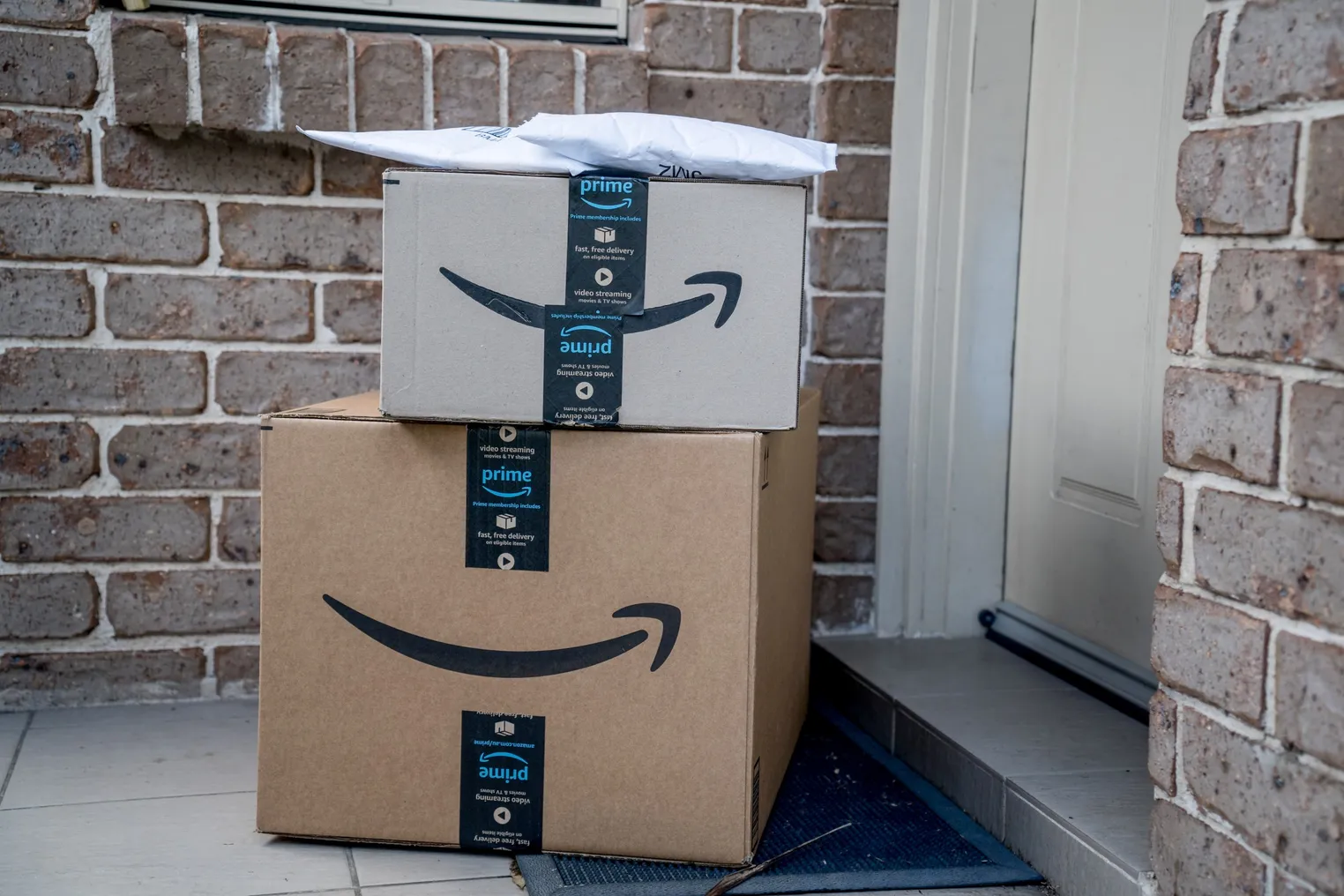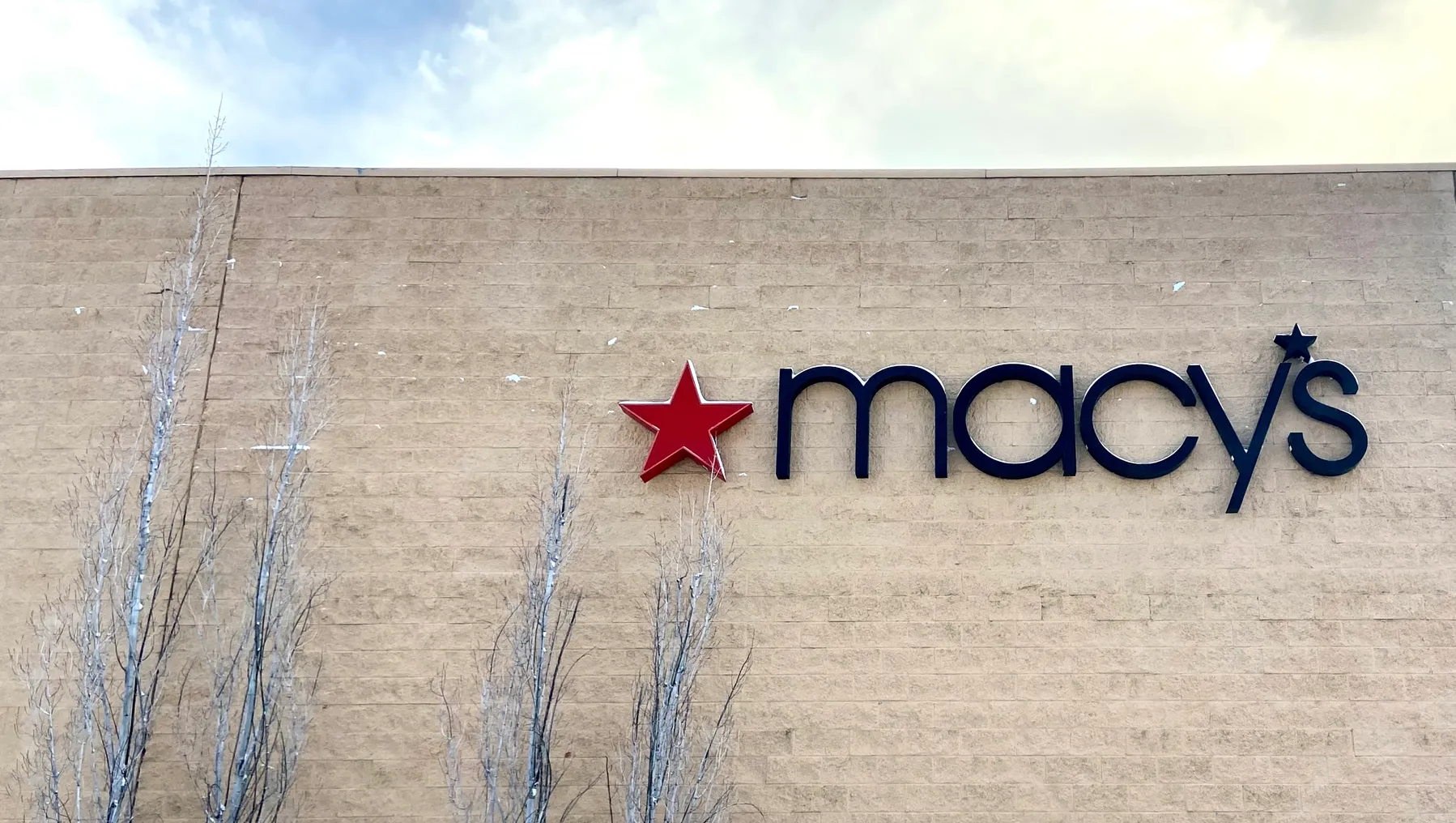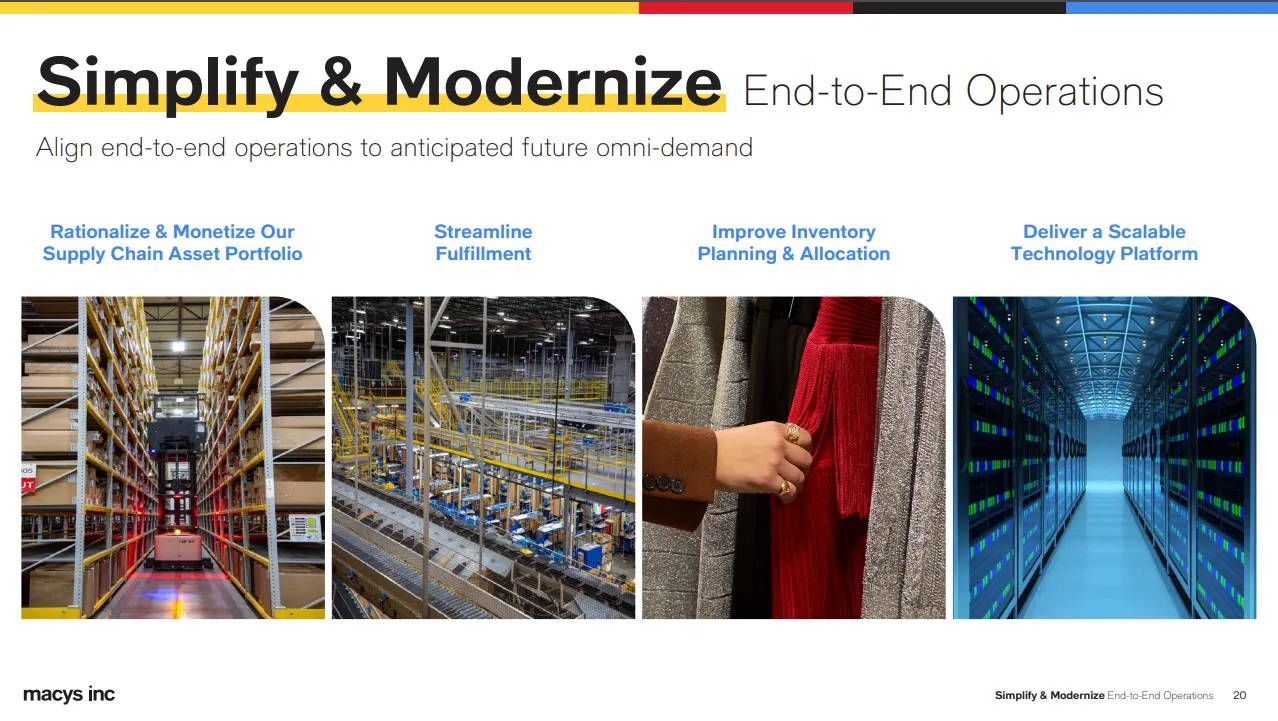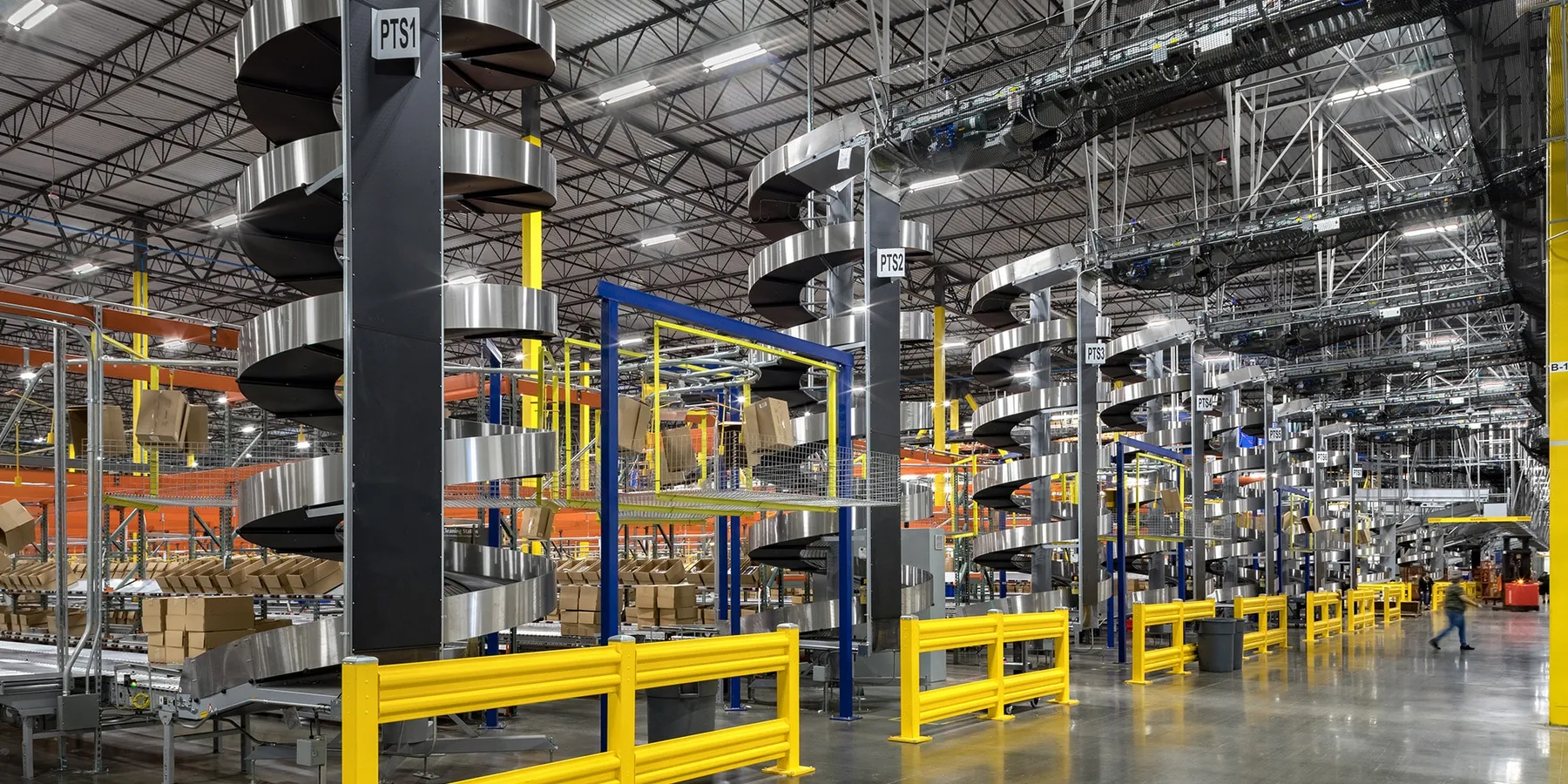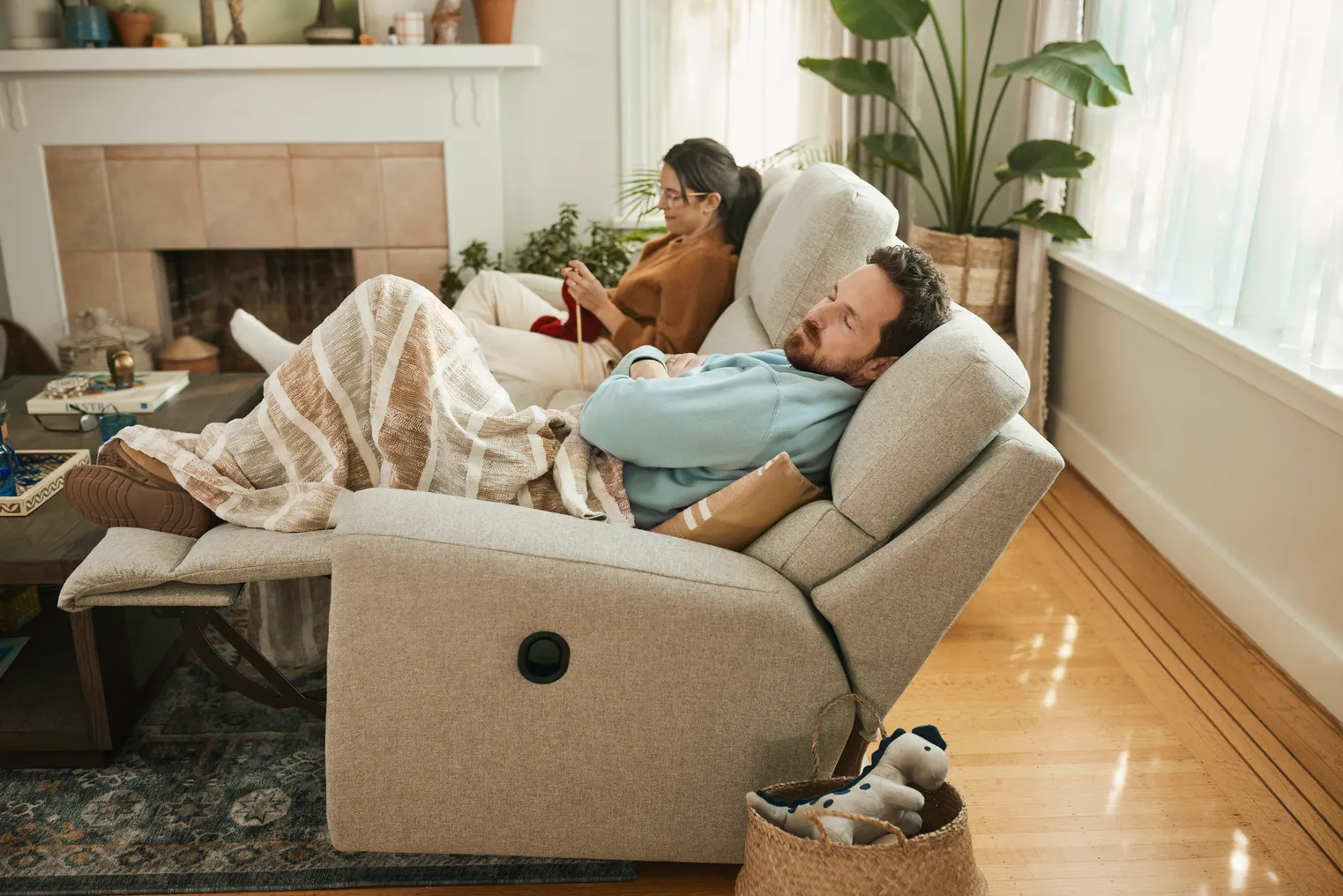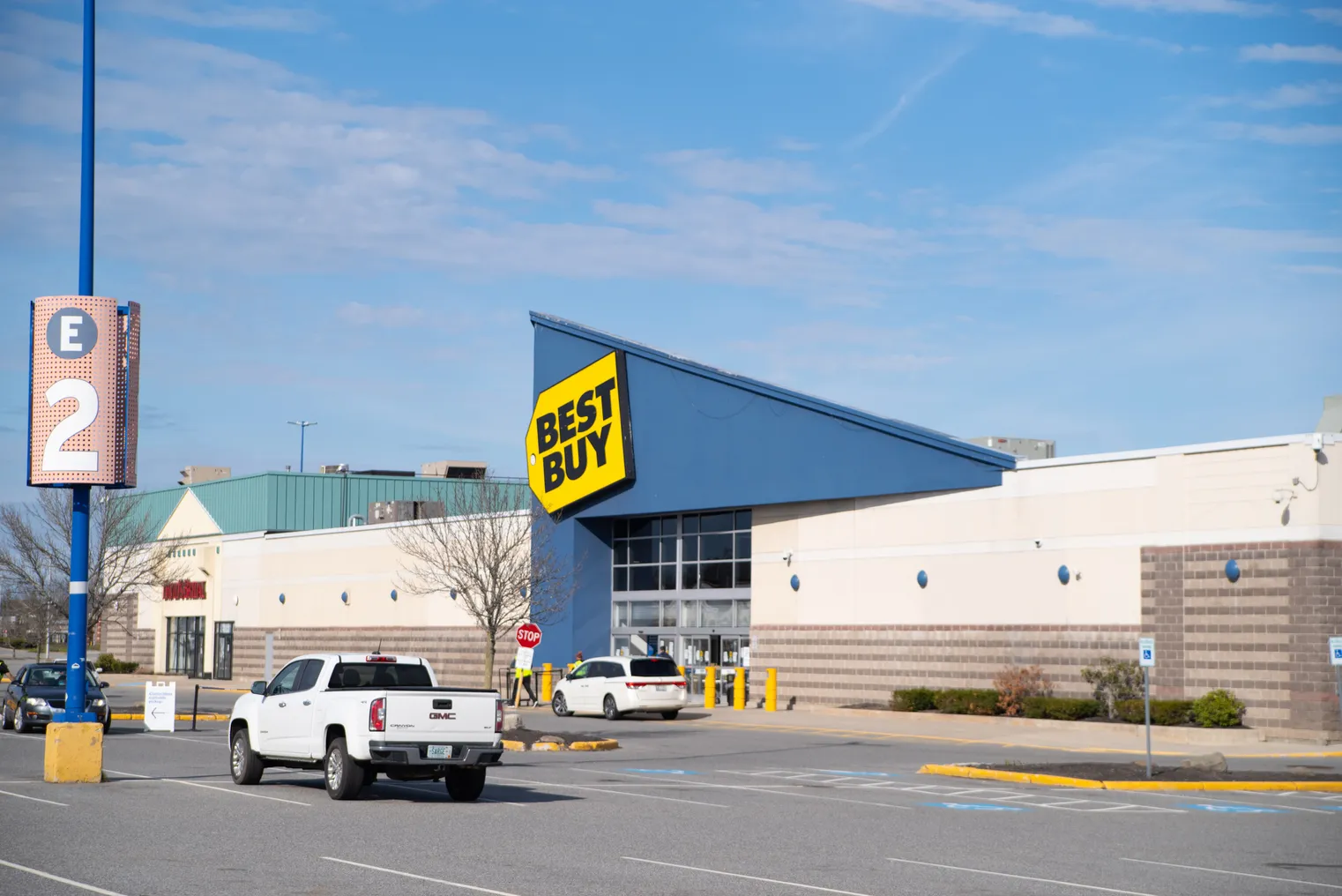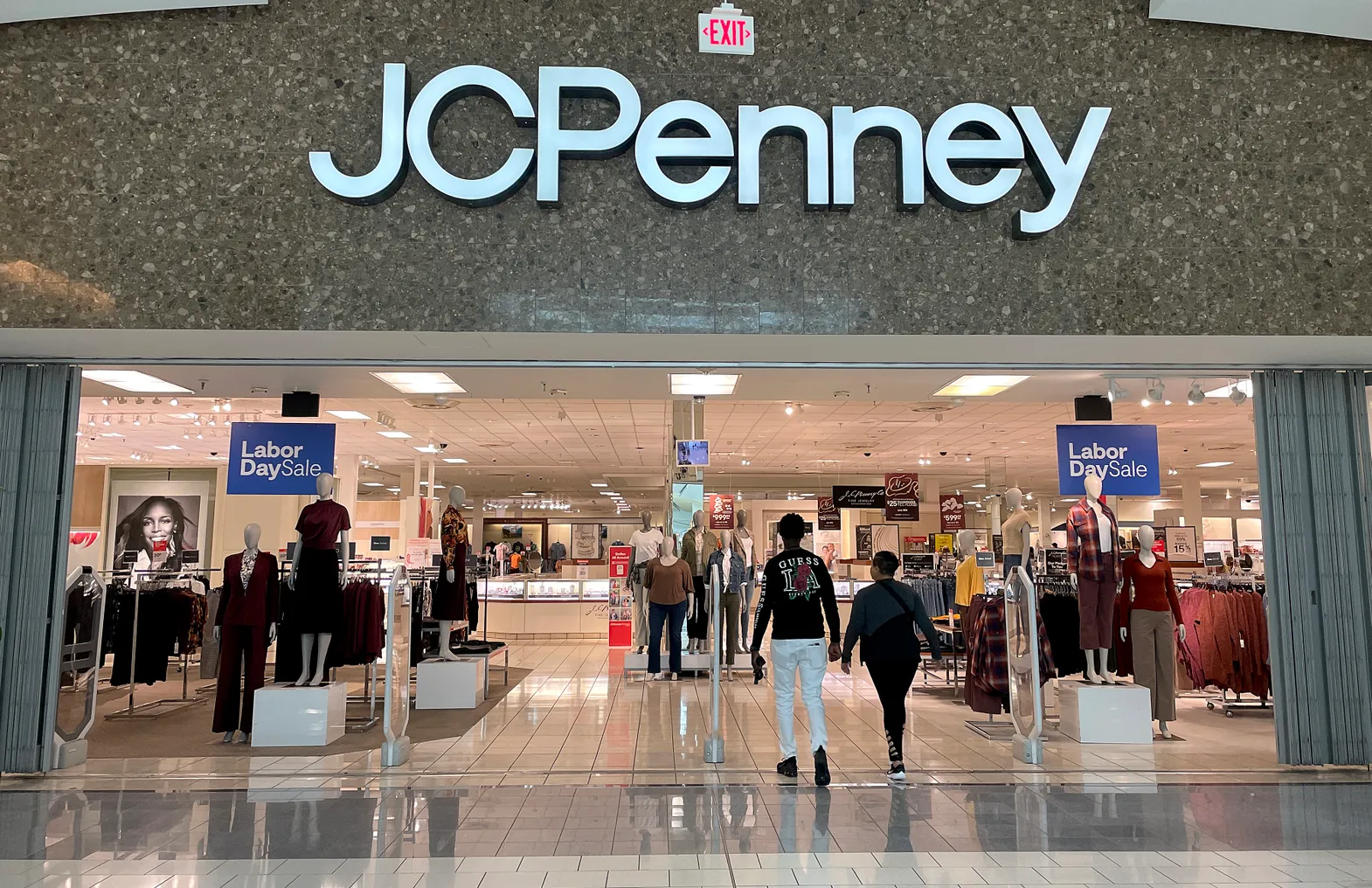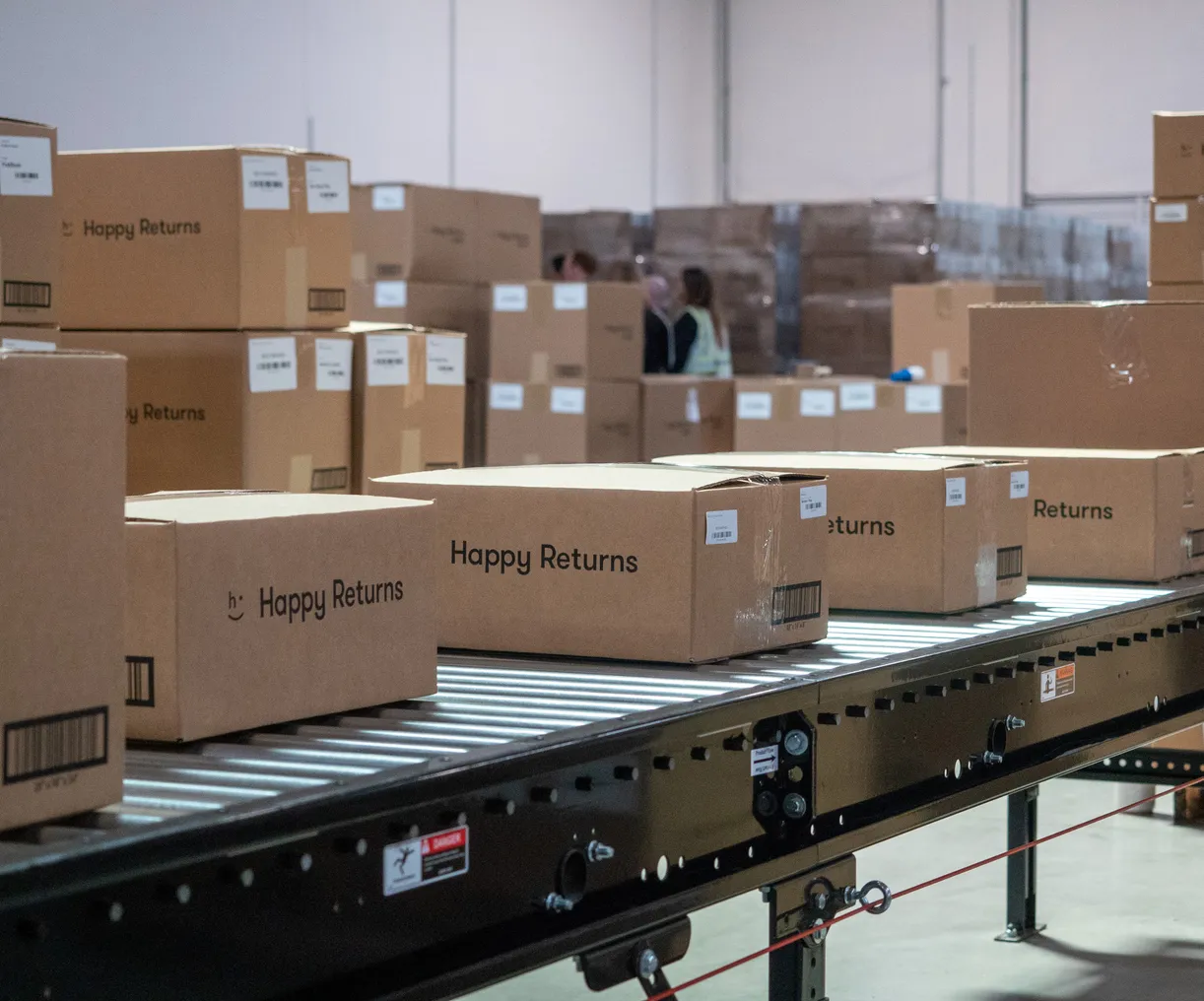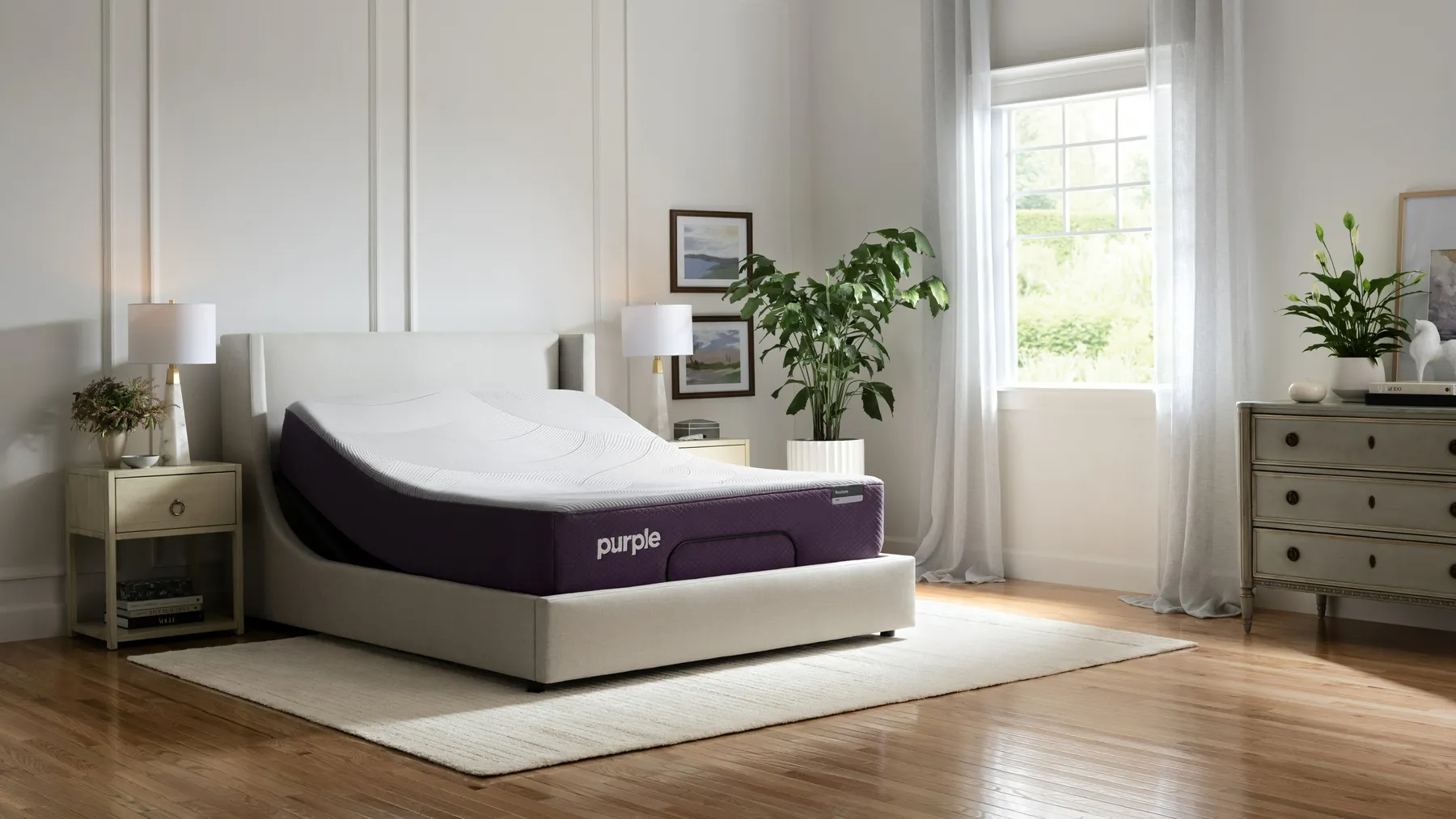By: Nate Delesline III
• Published Jan. 15, 2025
Retailers’ ability to offer customers many happy returns is becoming more difficult and costly.
Total returns in retail amounted to $743 billion in 2023, according to a report from the National Retail Federation. That equates to $145 million in merchandise returns for every $1 billion in sales. This year, shoppers are expected to return $890 billion in merchandise, which represents nearly 17% of retailers’ annual sales, according to a recent NRF report.
Faced with the escalating challenge of returns, retailers are taking diverging approaches to dealing with the issue. And while not all returns involve fraud, that is one of the issues retailers are addressing. Most of the retailers surveyed in the NRF’s latest report said return-related fraud and other exploitative behavior was an issue for their business.
“The rise in e-commerce shopping has led to an increase in return rates and volumes across most categories because online shoppers can’t touch and feel products before they buy,” David Morin, vice president of customer strategy at returns company Narvar, said via email. “The notion that ‘the living room is the new fitting room,’ where consumers try items at home before deciding whether to keep them, has led retailers and brands to review their return programs, including tightening their return policies.”
Buying multiple items with the intent to return some of them, also known as bracketing, has grown among younger people, the NRF found, with 51% of Generation Z consumers acknowledging they’ve done it.
Morin said Narvar’s research has found rising rates of what it terms “friendly fraud” — behaviors like bracketing or wardrobing, where someone buys and wears an item with the intention of returning it. But Narvar also found rising rates of potentially criminal return policy abuse.
“The increase in fraud, along with the heavy incurred costs to retailers, is driving a larger focus on strategies that identify potential fraudsters and create unique workflows to deter the behavior,” Morin said. “Retailers are also balancing out strategies that still reward trusted customers to maintain the sense of ‘peace of mind’ that is critical in returns.”
Indeed, a return abuse or fraud crackdown must be balanced with maintaining customer experience, Katherine Cullen, the NRF’s vice president of industry and consumer insights, said in the organization’s latest report. Other experts echoed that perspective.
“Although Amazon, REI and Target and others have tightened their return policies this quarter to ‘combat fraud,’ the Gen Z and Alpha customers still expect to have a satisfactory and easy ability to return unwanted items in an efficient manner whenever they please,” Shawn Grain Carter, a retail industry consultant and professor at the Fashion Institute of Technology at the State University of New York, told Retail Dive in an email. “This is part of their seamless retail shopping experience of which they have grown accustomed.”
Who gets hit the hardest by returns?
Some categories in particular are more vulnerable to returns. For example, several analysts told Retail Dive that apparel makes up the majority of retail returns.
“This is for multiple reasons,” Neil Saunders, managing director of GlobalData, told Retail Dive in an email. “Sizing is a major issue, especially if buying online, and many consumers will buy multiple sizes and return the ones that don’t fit. How things look in person is important in apparel, and this is another factor driving returns.”
Returns also peak during certain time periods. Besides the holiday season, Saunders said returns typically surge after big promotional periods, like Amazon’s Prime Day. Apparel also follows seasonal trends, which may drive upticks in returns as consumers buy new outfits for the changing seasons, Saunders said.
Additionally, the prevalence of online apparel shopping and an inability to try on items before buying contributes to high return rates in the category, as do consumers’ expectations on issues like fit, color and fabric, Jonathan Zhang, a professor at Colorado State University’s College of Business, told Retail Dive in an email.
And for the same reasons — look and feel — Zhang said home goods, like furniture and decor, also have high returns. “Items in this category are often returned due to damage during shipping, mismatched expectations about size or color, or changes in customer decisions after seeing the product in their home environment.”
Services like Stitch Fix that allow shoppers to try on apparel at home before purchasing came about to help solve this problem. Yet many such offerings have shuttered in recent years. Amazon also recently made a major change involving its own apparel try-on service. The retailer plans to phase out its Try Before You Buy service. The program allowed Prime members a seven-day trial of select apparel, shoes and accessories. Amazon said it’s ending the service as an increasing number of customers turn to AI-powered features like virtual try-on as they shop for apparel.
Regardless of the driving factors for returns, the rising tide of returned merchandise also poses a sustainability issue for retailers. More than 11% of the $100 billion worth of purchased apparel that’s returned to retailers eventually ends up in a landfill, according to research by Equal Ventures, a venture capital firm.
“Consumers are increasingly aware of the environmental impact of returns, such as waste from disposed products and emissions from reverse logistics," Zhang said. “Retailers are under pressure to address these concerns, either by encouraging exchanges over returns or by implementing fees to disincentivize habitual returning behaviors.”
How are retailers responding?
During the last couple of years, retailers across the industry have made some noteworthy return policy changes. A key driving factor, according to industry experts and retailers themselves, is the escalating cost and volume of handling returned merchandise.
Last year Morin said Narvar saw about 25% more retailers charging for return shipping. Many others shortened their return windows, especially retailers that had policies longer than 30 days.
“Rising return costs and fraud are pushing retailers to overhaul their policies,” Zak Stambor, a senior analyst for retail and e-commerce at Emarketer, said in an email to Retail Dive. “While many have rolled back free returns, others are taking more targeted steps to cut costs and curb abuse.” Stambor added that the nuanced approaches retailers are employing “reflect the growing pressure on retailers to balance customer satisfaction with operational efficiency.”
Here’s a snapshot of some of the changes retailers recently made to their return policies:
- Walmart said it has increased return shipping rates for its third-party sellers. Additionally, the retailer said its Walmart Marketplace sellers can allow customers to keep items and receive a refund, thus avoiding the need to pay for return shipping.
- Amazon said sellers using its fulfillment services can now issue product refunds without requiring customers to return the item. The move avoids sellers having to pay for the reverse logistics of accepting returned merchandise.
- Kohl’s began accepting Amazon returns at all of its locations in 2019. Last year, the department store chain added an additional return service in partnership with Narvar and Inmar Post-Purchase Solutions, which allows customers to return items from several brands to Kohl’s stores, including Carhartt, Hanes and Levi’s.
- REI said in November that it is now declining returns from a “small subset” of its members. These individuals have repeatedly abused REI’s policy, the company told Retail Dive in a statement. The people in question represented less than 0.02% of REI’s 24 million members but had an average return rate of 79%.
Data analytics advancements are now enabling retailers to identify and address return patterns among specific customer segments. Zhang said advancements in data collection make personalized return policies a possibility in the near future, although he cautioned the data should be handled carefully and decisions should be based on actual behavior to avoid any perception of preemptive discrimination.
Morin said another significant factor is that regulations on handling consumer data are becoming stricter. That’s making first-party customer loyalty program and membership data more valuable — and more costly to acquire.
“Loyalty and membership programs are some of the most valuable sources of first-party data for merchants, but consumers, especially younger generations, are increasingly mindful about sharing their data and may only be willing to provide personal information if they perceive the value exchange is equal.”
Morin said some retailers are launching more incentive-based loyalty and membership programs with built-in returns benefits such as free shipping in response to concerns about data privacy. Better logistics and automation could also make the retail returns process faster, more seamless and more consumer-friendly by the end of this year, the NRF forecast in its report.
Saunders said a leading factor that’s likely to shape future return policies are changes in the cost and volume of returns, along with how rival retailers are responding. “The aim of any retailer is to reduce returns, but this must be balanced against protecting sales,” Saunders said. “Return policies that are too onerous can cost retailers sales.”
Article top image credit: Courtesy of Happy Returns
